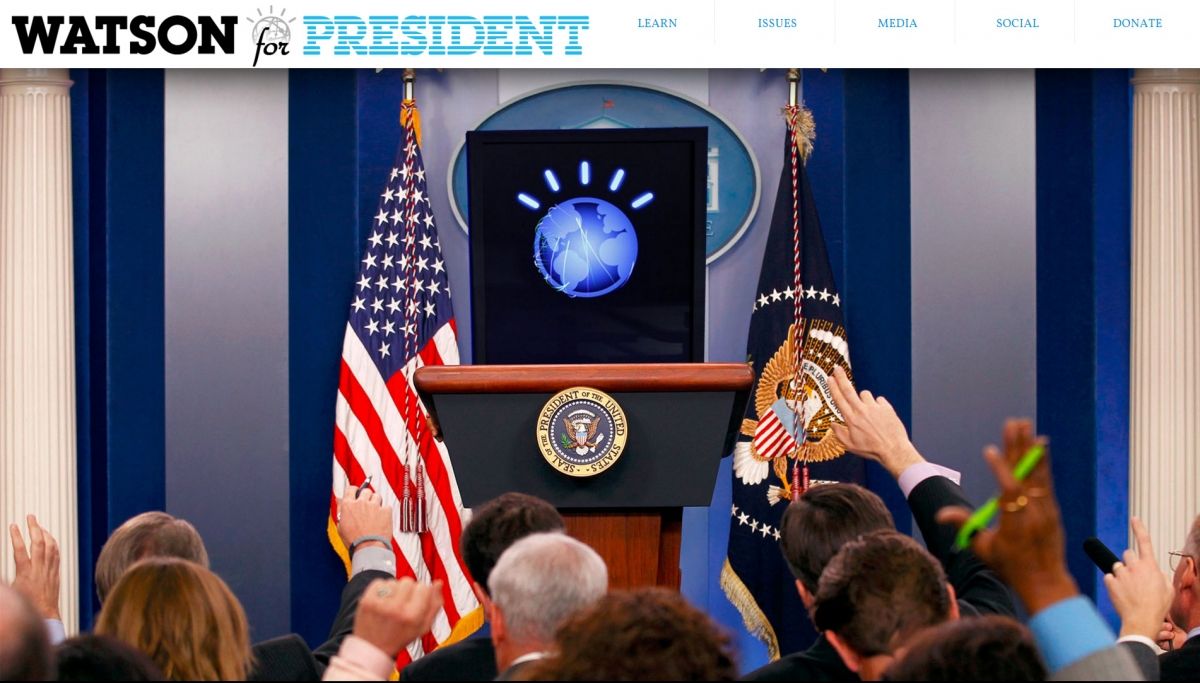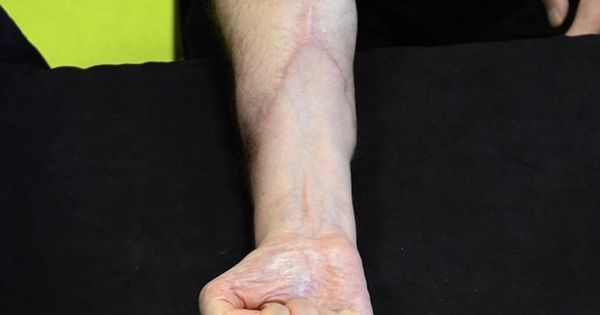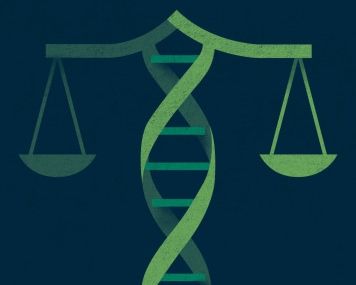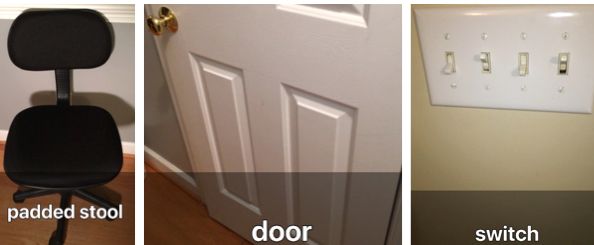As much as the title states India isn’t ready for AI; much of the world isn’t fully ready either. Very few businesses are planning and prepping for an AI transformation or introduction into their businesses or companies; many schools still require newer methods (if not a program/ set of courses) to teach AI; many financial structures like insurance for business using AI capabilities such as robots that will interact regularly with the public are not widely available for businesses; etc. Lots of planning and work remains even across the US for AI adoption to truly be appreciated by the masses.
India still not ready for Artificial Intelligence (Tech Feature) — New Delhi, Feb 10 : At a time when the global technology giants are set to leverage the benefits of Artificial Intelligence (AI) for your daily lives — from taking care of businesses to fulfilling your personal needs — India seems to be reluctant to get on to this bus.






